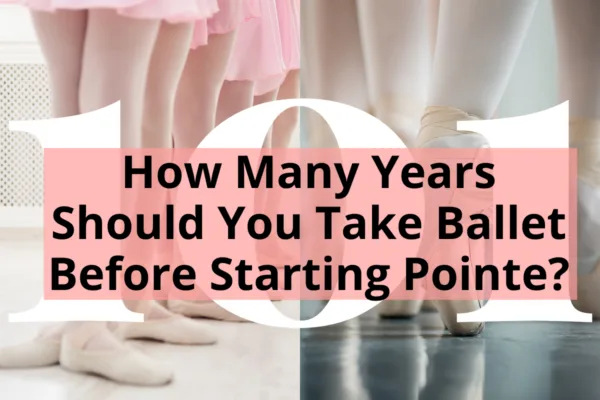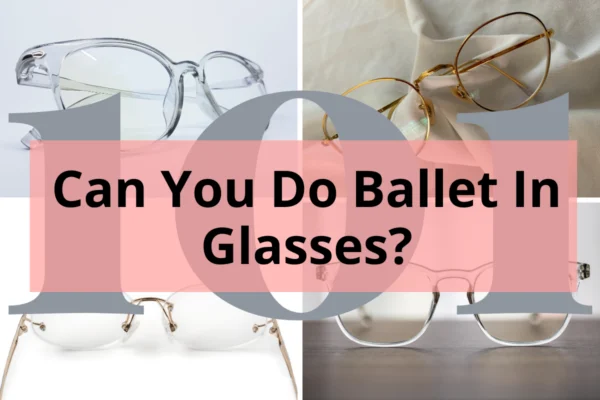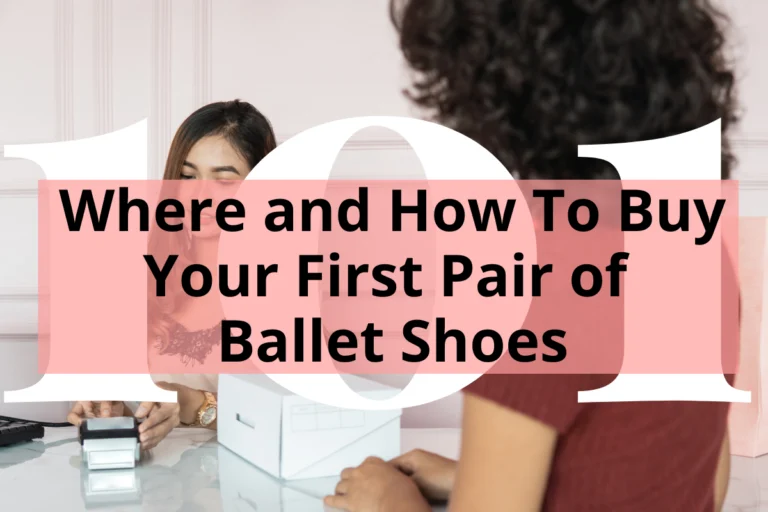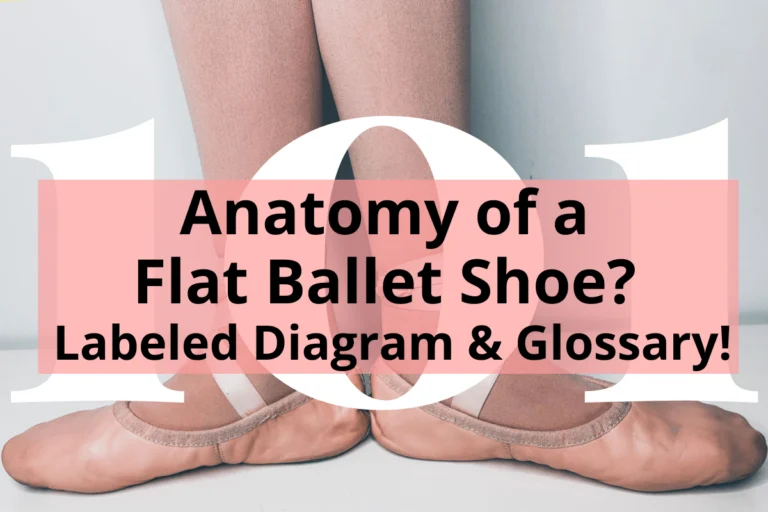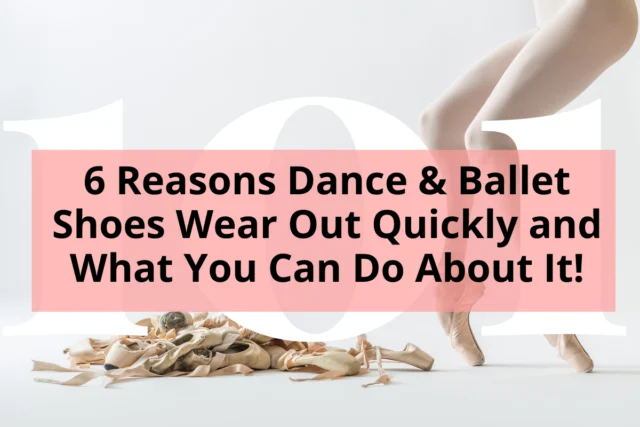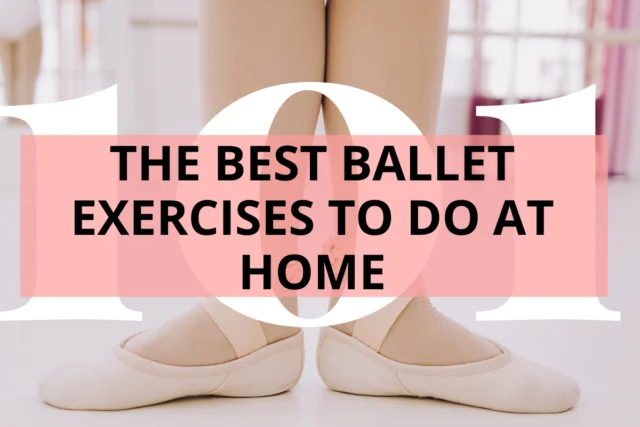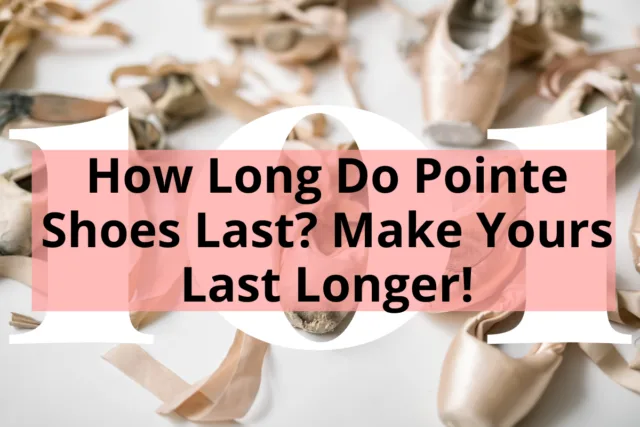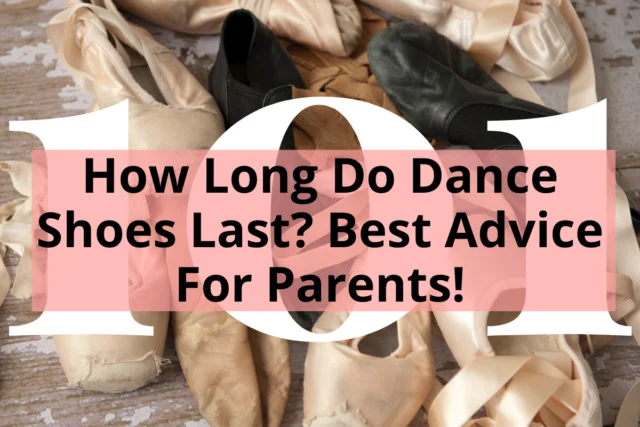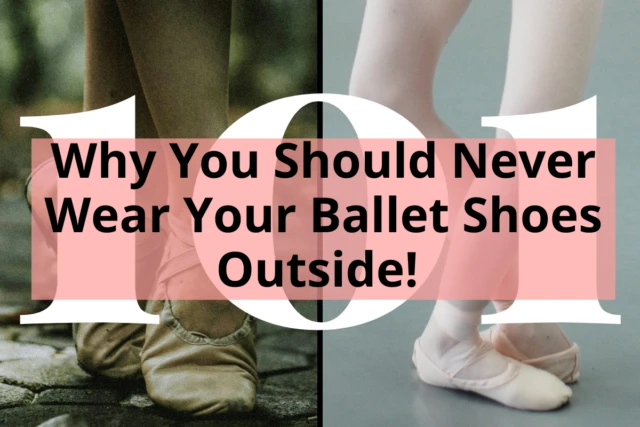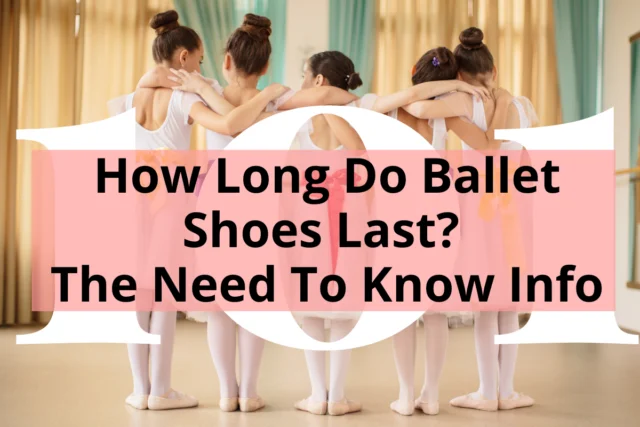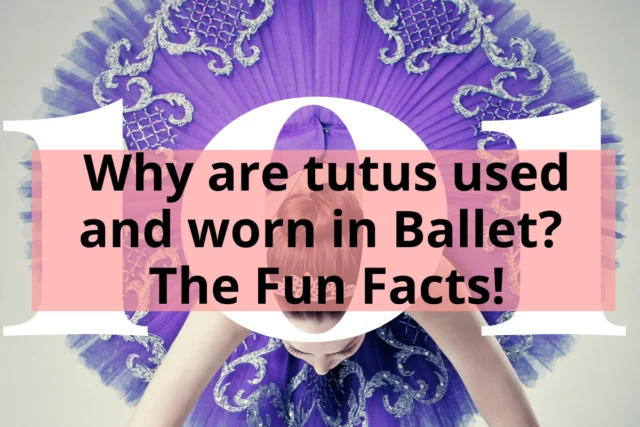Written and Edited By: Lesley Mealor, BPA Dance Performance
In nearly every photo or video of a ballet dancer, you will notice they always wear a few key things – a leotard, tights, and their hair in a bun. The bun hairstyle is a staple of the ballet world, but you may be wondering why that is.
Ballerinas often have to wear their hair in a bun to adhere to a dress code, because of the traditional aesthetic that the ballet world follows, and to keep their hair out of their face while dancing.

Buns are actually very easy to create with a few simple tools and some practice. For more on making the best ballet bun for your dancer, check out Everything You Need to Make the Perfect Ballet Bun!
Why Do Dancers Wear a Bun To Ballet Class?
1. A Ballet Bun Is Part of A Ballet Dress Code
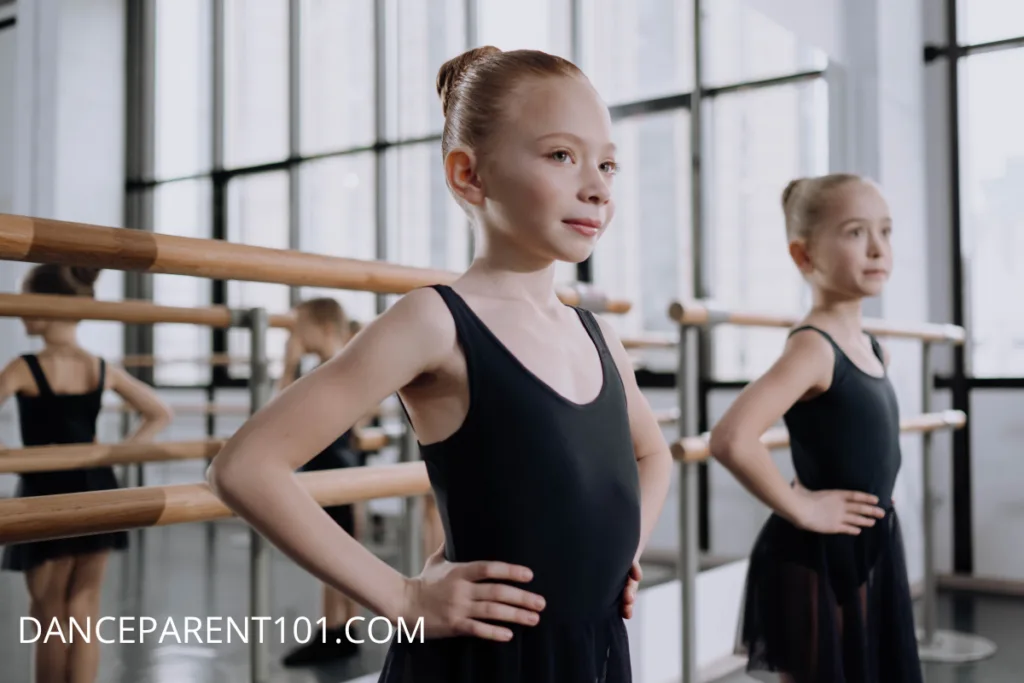
In most ballet classes, ballet teachers will ask for students’ hair to be in a bun. Just like teachers often ask for pink ballet shoes, pink tights, and a leotard, asking for a bun is considered part of the dress code.
Ballet dress codes are important for many reasons, including:
- Teaching discipline
- Teaching respect for the art form and its requirements
- Avoiding distractions from clothing and hair
- Developing confidence and pride in appearance
When dancers adhere to a dress code, including the bun hairstyle, they feel immersed in the culture of the art of ballet. For more about what to expect from a children’s classical ballet class, read our article here!
2. Ballet Tradition Demands a Bun
Tradition is a very important part of the ballet world, and while some traditions have fallen by the wayside, the bun hairstyle is still considered the gold standard.
The earliest depictions of ballerinas show their hair off their faces, but the look of ballet in the 1700s followed the trends of the court, including wigs for all. The slicked-back bun similar to what we usually see now showed up in the 1880s when the Paris Opera Ballet instituted more strict dress code rules.
Only very rarely in traditional ballet will you see a ballerina’s hair down. Ballet characters dancing with their hair down usually do so to denote a few things – youth, grief, or passion.
Some examples of classical ballet characters who dance with their hair down include Giselle from Giselle, Clara from The Nutcracker, and Scheherazade from Scheherazade.
Find out more about the history of ballet in our Fascinating History of Ballet in a Timeline – Just the Facts!
3. A Bun Keeps Dancers’ Hair Out of Their Face
Ballet steps include leaps and turns, and when a dancer keeps their hair secured in a bun, they can execute those steps much easier without worrying about a ponytail smacking them in the face.
Not only is it safer to keep hair off the face while dancing, but it’s also helpful for the teacher to be able to see a dancer’s lines. Posture starts from the top of the head, and with loose hair, the neck is covered, preventing the teacher from seeing any issues with posture.
Finally, if dancers are working hard, they are sure to sweat, and nothing is worse than sweaty hair on your neck and back. By keeping hair secured in a neat bun, dancers can focus on their technique in class.
What If My Dancer’s Hair Is Too Short For a Bun?

A common question for new dance parents involves their dancer’s cute pixie cut or short bob haircut. Rest assured, you can still fix their hair properly for ballet class even if you can’t get it into a bun.
For dancers with very short hair, you will still want to start with slicked-back hair. Be sure to invest in good hair gel and hair spray to achieve the cleanest look.
You can choose to make low pigtails, one low ponytail if possible, or half up half down if the bottom hairs just won’t go into a ponytail. A headband is always a good choice for dancers who have unruly but short hair.
Feel free to experiment with your dancer’s short hair. You might be able to do more than you think.
Check out this video tutorial from Dance Parent 101 founder Samantha Bellrose on creating a bun with short hair!
Do Buns Work on All Hair Types?
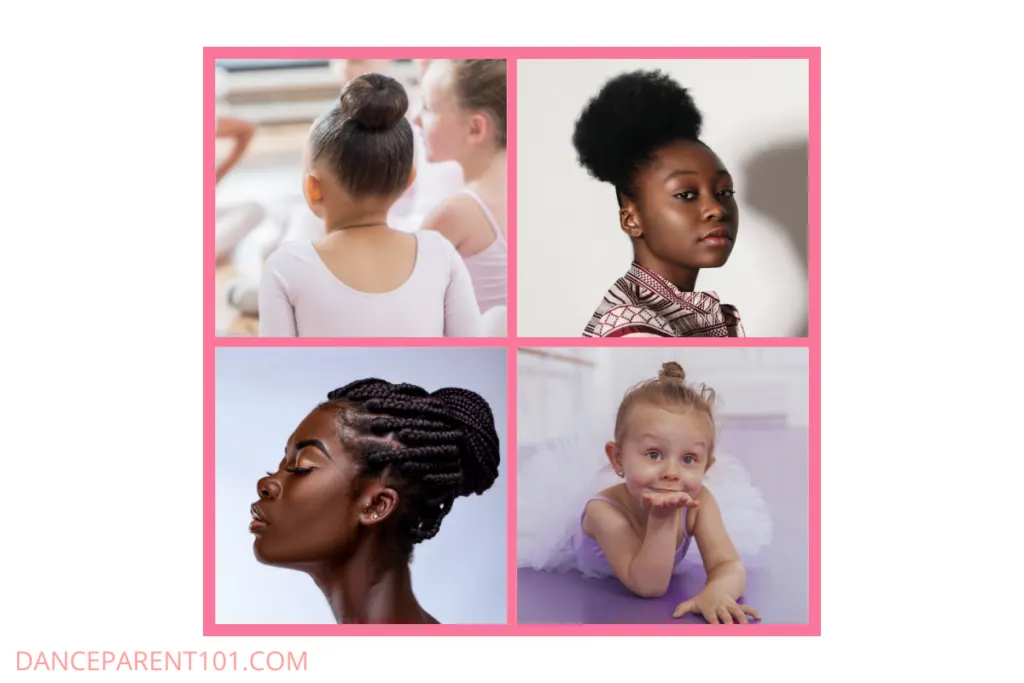
Buns can work on all hair types, but the approach and the outcome may be different depending on the type of hair you’re working with!
For example, a very young child with wispy, thin hair won’t be able to achieve a big, donut-shaped bun. Dancers with very thin hair may end up with a petite bun (and lots of hairspray!).
Dancers with box braids can still achieve a bun. If the braids are long, the bun will naturally be bigger and heavier, so consider placement when making a bun. Try out your bun at the top of your head, the center back, and at the nape of the neck to see what feels best.
Natural hair will go easily into a bun with the correct products. Check out this quick tutorial with former Houston Ballet Academy dancer Cleopatra Williams!
For more about the best hair products for ballet, check out our article here!
Are High or Low Buns Better?
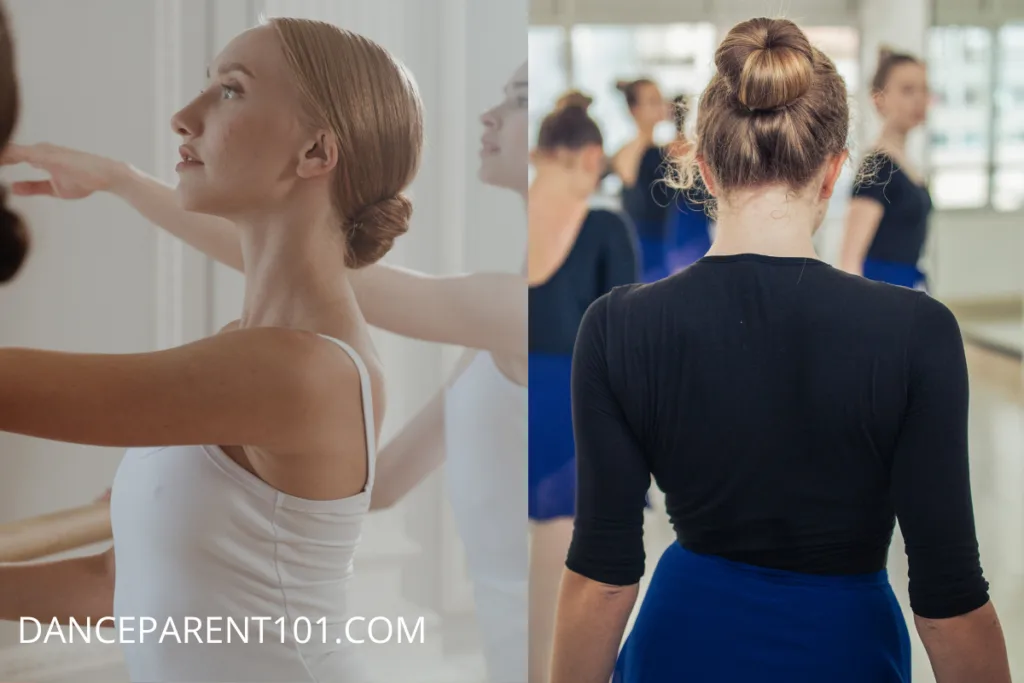
All buns are equal, but your preference may be different than your friend’s! A low bun with a classic side part is always a win in my book as pictured in the image on the left. Whereas our editor-in-chief Samantha always preferred a higher bun similar to the image on the right as she was a full-time performing arts student. A higher bun made it easier to transition to jazz or hip hop class with an instant high ponytail.
High buns can be fun and funky especially when you add accessories like headbands, ribbons, or pretty hair pins.
Whether you go high or low with your bun is mostly preference, but some dancers feel that the bun placement can affect their turns. Try out different placements to see what you prefer!
But…Do I Always Have To Wear a Bun To Ballet Class?
If you attend a more relaxed dance studio, you may not always have to wear a bun to ballet class. Some studios will accept any hairstyle that keeps the hair out of dancers’ faces.
Some appropriate hairstyles to consider in lieu of a bun are ponytails, pigtails, French braids or twist or regular braids.
It’s not a great choice to go to a ballet or jazz class with your hair down, though, so keep a supply of hair ties, bobby pins, and hairspray with you in case you are asked to fix your hair.
A ballet bun is a classic look for anyone, and when you’re actually a ballet dancer, it’s even more special to wear one with pride. And remember – practice makes perfect, so don’t give up on your bun-making skills!

